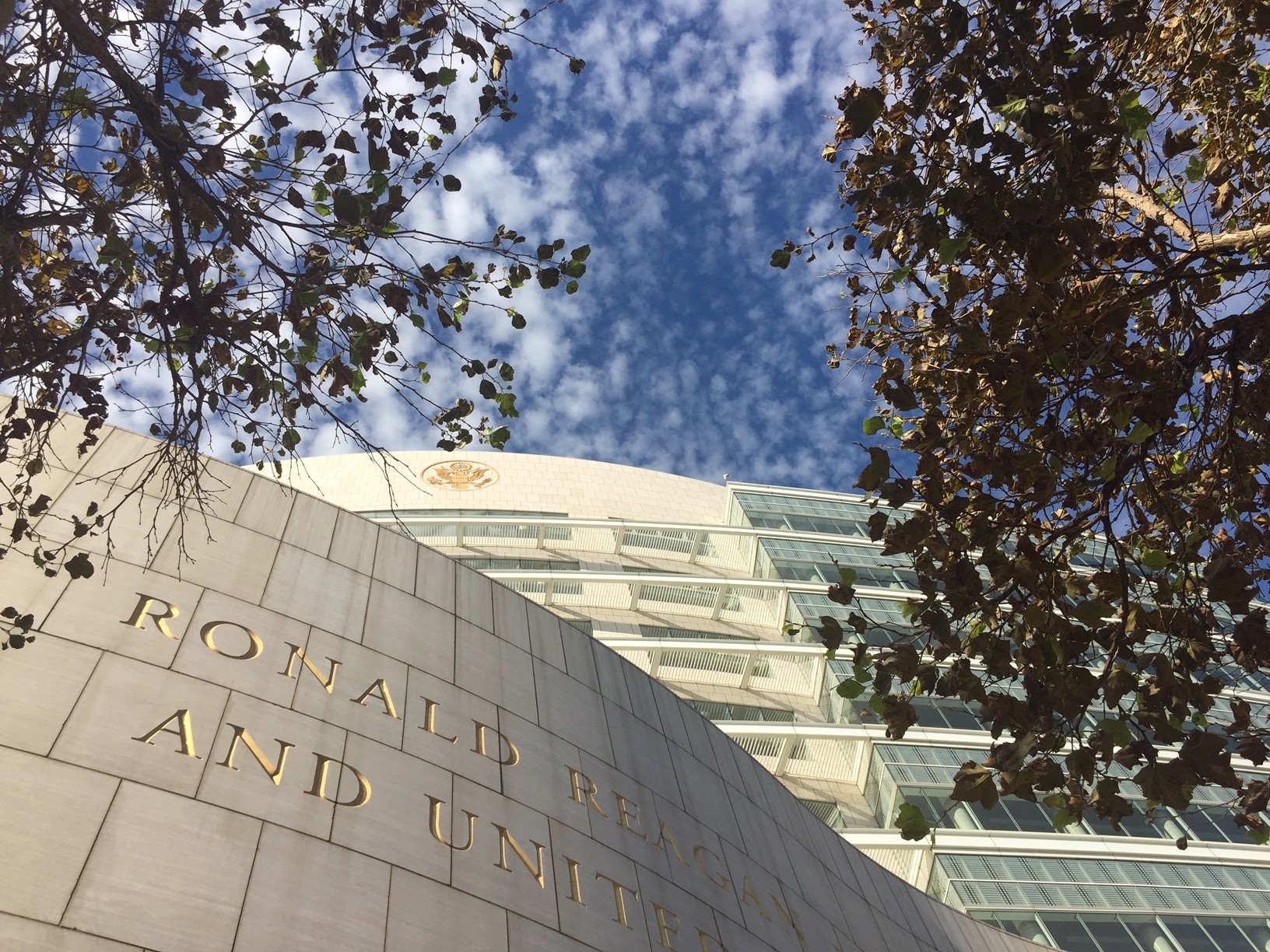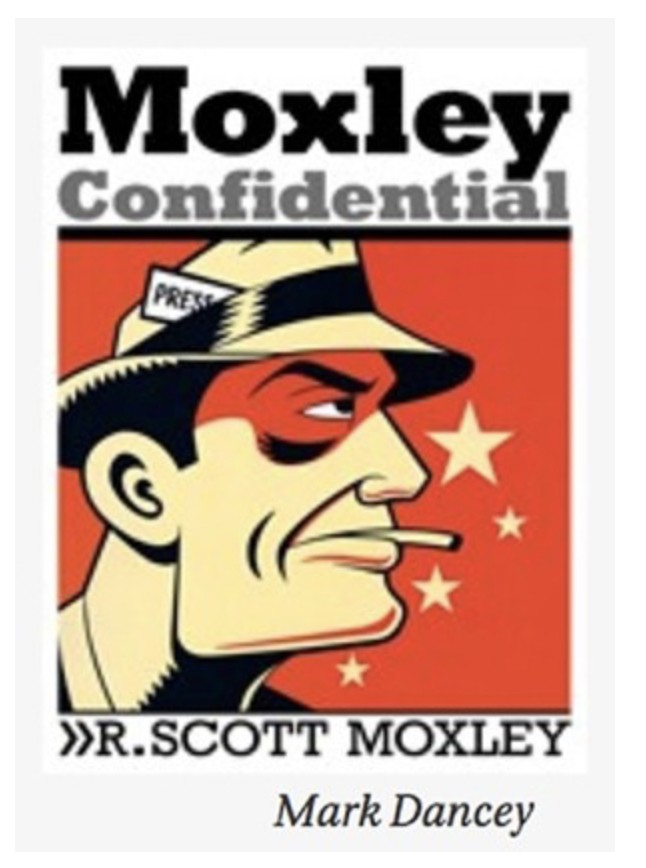
Unaware of a coming law-enforcement disaster, Assistant United States Attorney Scott D. Tenley used an August 2017 opening statement to declare he possessed all the evidence needed to convict Justin Henning for a suspected “key supervisorial and leadership role” in a “smash and grab” robbery ring that targeted more than a dozen high-end Rolex watch and jewelry stores in Southern California. Tenley believed FBI cellphone-tracking analysis, snitch testimony and common sense unraveled Henning’s “very careful” attempt to mask his criminal conduct. This defendant “profited from these robberies, without ever using a hammer and without ever pointing a gun,” because he helped run the heists from behind the scenes, the prosecutor alleged.
But after an 18-day trial, the citizens’ panel didn’t fully accept Tenley’s version of reality. It rejected four of the seven charges against the Inglewood Family Gangster Blood member with a hefty rap sheet. Worse for the government, U.S. District Court Judge Cormac J. Carney, a conservative Republican appointed by President George W. Bush, emerged from proceedings sharing the view of James R. Tedford, Henning’s Pasadena-based defense attorney: The prosecution hadn’t come close to proving a single count.
That sentiment, plus the judge’s tentative announcement that he planned to overturn the jury’s guilty verdicts, rattled Tenley and his prosecution team of Jeffrey Chemerinsky and Julia L. Reese. It also forced a tense, late-December courthouse showdown centering on conflicting views about the proper use of circumstantial evidence stemming from the defendant’s purported attendance at meetings held by the robbery ring, his frequent phone communications with members and an FBI assertion that he’d once likely been driving in the general vicinity of a targeted shop during a robbery.
But going into the hearing, Carney made his position clear. “The government presented no evidence that Henning was an active participant in either planning meeting,” the judge observed. “Indeed, Henning never spoke during either planning meeting. There is also no evidence that Henning helped select the target of the crime or plan its commission. There was no evidence Henning counseled any robbery participant or assigned roles. There was no evidence that Henning gave any orders or commands. And there was no evidence that Henning encouraged any of the robbery participants, recruited them to conduct the robbery or provided them any equipment.”

Tenley, who equated Henning’s ties to the ring’s members as reasonable proof he was also one of the bandits, responded during oral argument, “I think the big disagreement that the parties are having and where the government would respectfully disagree with the court’s ruling are the inferences that can be drawn from the evidence. And it seems like the thrust of the court’s concern is that the evidence showed Mr. Henning was merely a spectator and not a participant. I think that isn’t a fair inference [against the government’s case].”
“I’m not trying to be naïve,” the judge said. “It’s suspicious that he’s there, but, again, I don’t think suspicion is good enough. I need some sort of specific activity. The other defendants, you have evidence that they’re saying things at these meetings, they’re giving directions, they’re bringing firearms, they’re bringing tools and equipment, and I don’t have that with respect to Mr. Henning.”
An increasingly frustrated Tenley replied, “I think the question is: Was the evidence presented to the jury sufficient that they can find all the elements [of the charged crimes had been met]?”
For example, the prosecutor noted, snitches inside the robbery ring testified that Henning had been assigned the role of emergency backup getaway driver at one point. “There can be no doubt that a rational trier of fact could have found Henning guilty” based in part on that information, Tenley argued.
But this line of attack also troubled Carney, who observed the government produced no evidence that the defendant knew of or accepted the role; that his phone communications had pertained to the robberies versus, say, a Lakers game; or that his possible presence in the vicinity of an underway heist was damning information or merely lousy coincidence.
Tenley gave a final pitch.
“[Henning] didn’t want people [in the robbery ring] to have his telephone number,” the prosecutor stated. To him, this conduct indicated a ploy to “insulate” himself from a potential police investigation, not that, like millions of Americans, he innocently didn’t want widespread dissemination of his personal contact information.
Such arguments went nowhere with Carney.
“Look, I’m not a potted plant,” said the judge, who is based in Orange County’s Ronald Reagan Federal Courthouse. “Proof beyond a reasonable doubt is a very high standard, and that’s why you have these principles in the law that just presence and knowledge [of a future crime] is not good enough.”
He overturned the convictions. Five days before Christmas, 29-year-old Henning became a free man. As of press time, prosecutors had not announced whether they will appeal.

CNN-featured investigative reporter R. Scott Moxley has won Journalist of the Year honors at the Los Angeles Press Club; been named Distinguished Journalist of the Year by the LA Society of Professional Journalists; obtained one of the last exclusive prison interviews with Charles Manson disciple Susan Atkins; won inclusion in Jeffrey Toobin’s The Best American Crime Reporting for his coverage of a white supremacist’s senseless murder of a beloved Vietnamese refugee; launched multi-year probes that resulted in the FBI arrests and convictions of the top three ranking members of the Orange County Sheriff’s Department; and gained praise from New York Times Magazine writers for his “herculean job” exposing entrenched Southern California law enforcement corruption.


I recently tried CBD gummies from this website https://www.cornbreadhemp.com/products/full-spectrum-cbd-gummies after the prime control and was pleasantly surprised past the results. Initially skeptical, I start that it significantly helped with my appetite and doze issues without any noticeable side effects. The fuel was serene to use, with nitid dosage instructions. It had a indulgent, shameless leaning that was not unpleasant. Within a week, I noticed a signal improvement in my all-inclusive well-being, feeling more blas‚ and rested. I appreciate the ingenuous approach to wellness CBD offers and plan to continue using it.